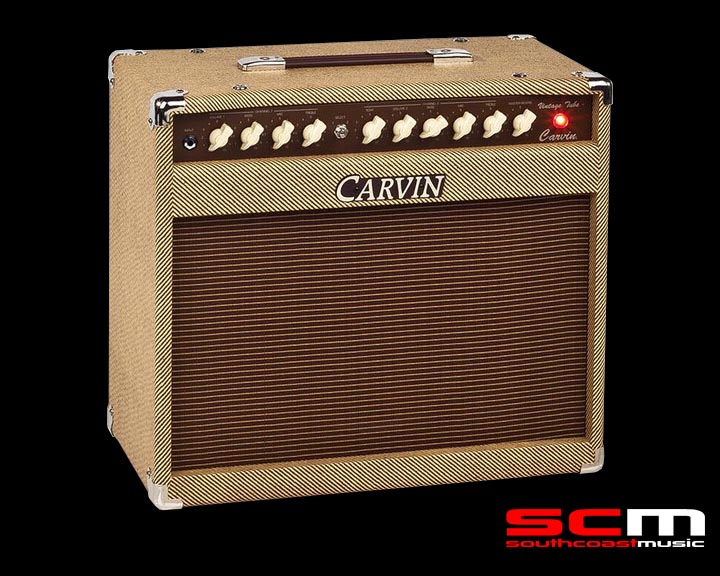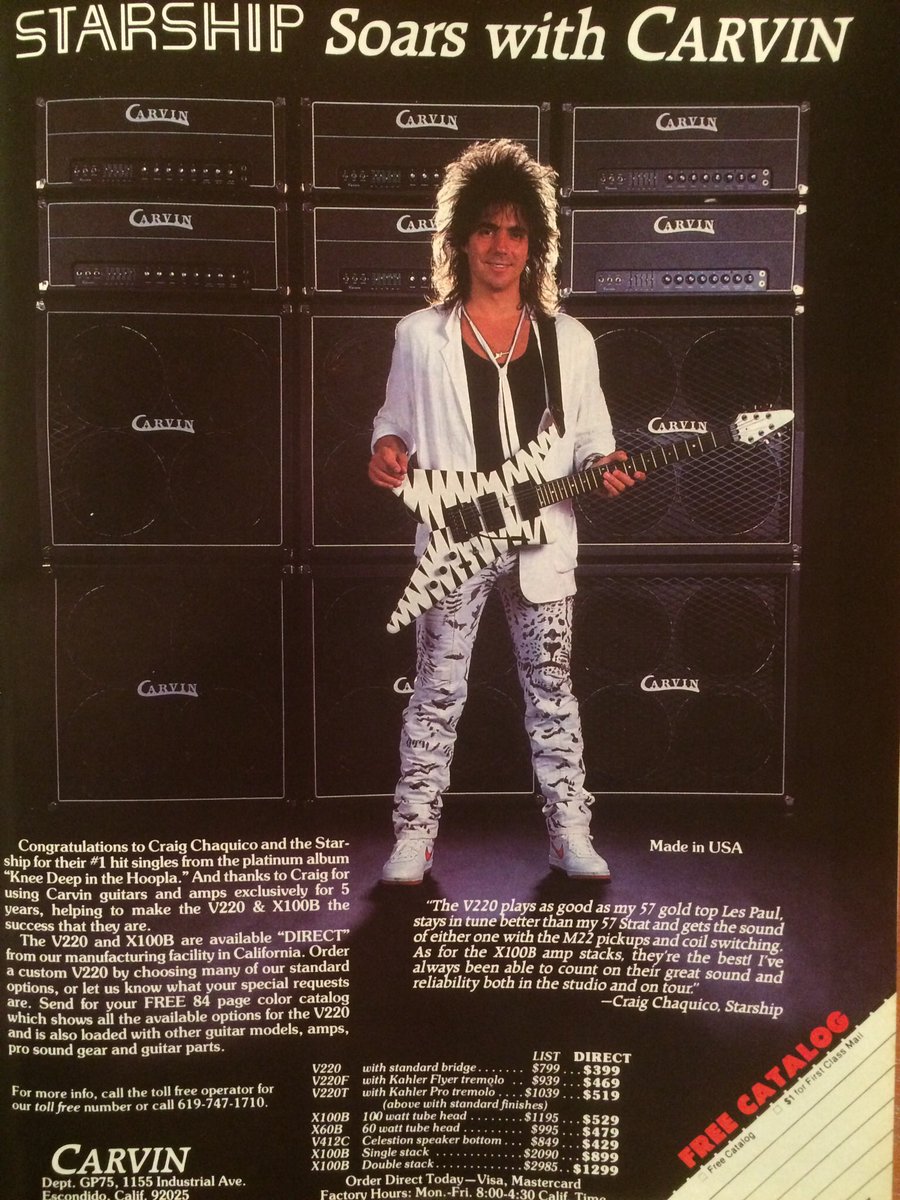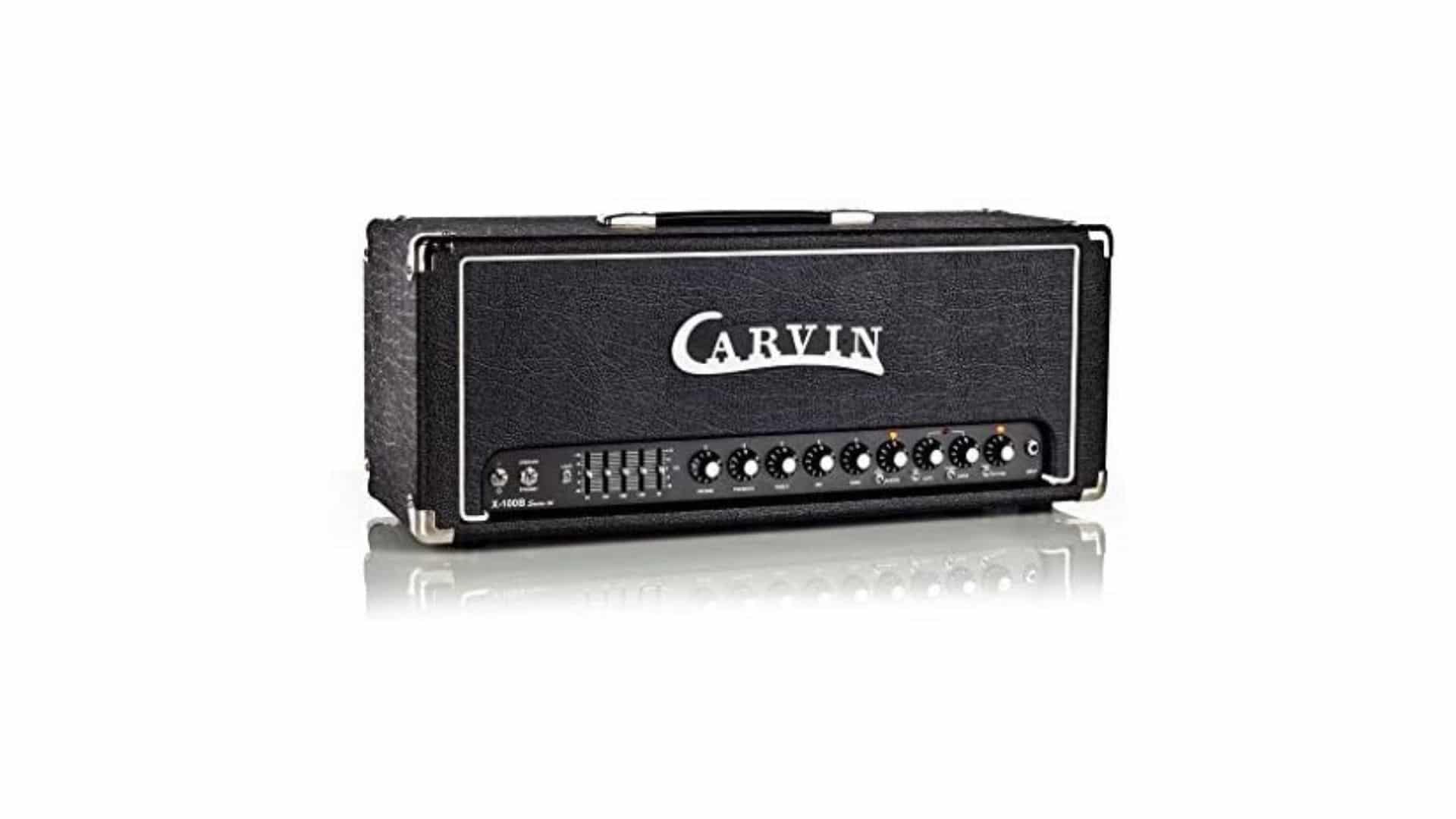

The modern vintage design incorporates three 12AX7 preamp and two EL84 valves. The SOAK control takes you from from chiming clean tones with rich midrange presence to a filling upper-midrange snarl that defines its American “Tweed” sound. The Vintage 16 has redefined what can be expected from an American built Guitar Amplifier at this price! The Vintage 16 is the low-wattage, high excitement, “boutique” recording tube amp so many players are raving about.
#CARVIN GUITARS AND AMPS DOWNLOAD#
You can even download some oldschool computer screensavers and wallpapers.CARVIN VINTAGE 16 BOUTIQUE GUITAR AMPLIFIER To check out all of the amplifiers they offer, head over to Carvin guitar amplifiers page. And all the Carvin amplifiers can be customized with different color Tolex (the outer covering of the amp or cab) for combos, heads and cabinets. If you dig the Mesa Boogie Dual Rectifier tone, you can swap out the E元4s and replace with 6L6GCs for output. It comes with 5 12AX7 preamp tubes and 4 E元4 output tubes, similar to a Marshall. They also introduced the V3, a three channel amp that can run in either 50 or 100 watts. In 2005, Carvin guitar amplifiers made a major change in that all their amps/cabinets are loaded with Celestion speakers. Nowadays, you've got Steve Vai with his own signature amplifier, the Vai Legacy, which has been offered since 1999. Other endorsees were Frank Zappa and Steve Vai. Craig Chaquico from Jefferson Starship played both the Carvin X-Amp Concert Tube Stack and the V220T guitar. The 80's also started seeing major guitarists playing and endorsing Carvin amplifiers and guitars. You could get both solid state and tube amplifiers in combos and head/cabinet configurations. I couldn't afford their amps at the time, but it was always nice eye candy!īy this time Carvin guitar amplifiers were competing with Marshall, Mesa Boogie and Randall amps in size, power and tone. I've always been partial to guitars with neck-through body designs, and this is one of Carvin's claims to fame. Carvin not only had great prices on PA and sound equipment, they had some nice looking guitars as well. I was playing in my first band and money was always tight, being a teenager. I remember it was probably 1980 or 1981 when I first came across Carvin. The wattages offered were significantly higher that their predecessors - you could get upwards of a 200 watt head for your needs. Things like treble, bass, presence and gain (although that's not what they called it - they called it "harmonic sustain"). In 1973, they brought back the combo amplifier, which had the controls we've come to expect in amps.

Most of the Carvin guitar amplifiers from the late 60s to the mid 70s were stack systems, with a head and speaker cabinet. In 1973, they distributed their first color catalog, and offered both solid state and tube amplifiers.

In 1965, they offered their first solid-state amplifiers, and pretty much stayed with that technology for the remainder of the 60s and early 70's. Throughout the 1960's, Carvin continued to design and build bigger and better amplifiers to meet their customer's demand. And that's it - no tone or bass control, only volume and your input jacks. Check it out - for $34.90, you got 4 watts of output to an 8" speaker.

Just to get an idea of how far Carvin has come, here's a shot of one of the first Carvin guitar amplifiers, straight from Carvin's online museum. Not that catalogs were uncommon then, but you usually had to go to a music store to get your gear. Even back in the fifties, Carvin mailed out print catalogs so you could order directly. The highest wattage of the Carvin guitar amplifiers offered in 1954 was 30 watts.Ĭarvin is unique in the music industry in that they manufacture and sell directly to you, instead of through middlemen. The amplifiers were all tube, which was normal for that time, and were low wattage designs. They started out making amps primarily for lap steel guitars and vocals, because electric guitars were still relatively scarce. Carvin guitar amplifiers were first introduced in the mid-1950's.


 0 kommentar(er)
0 kommentar(er)
